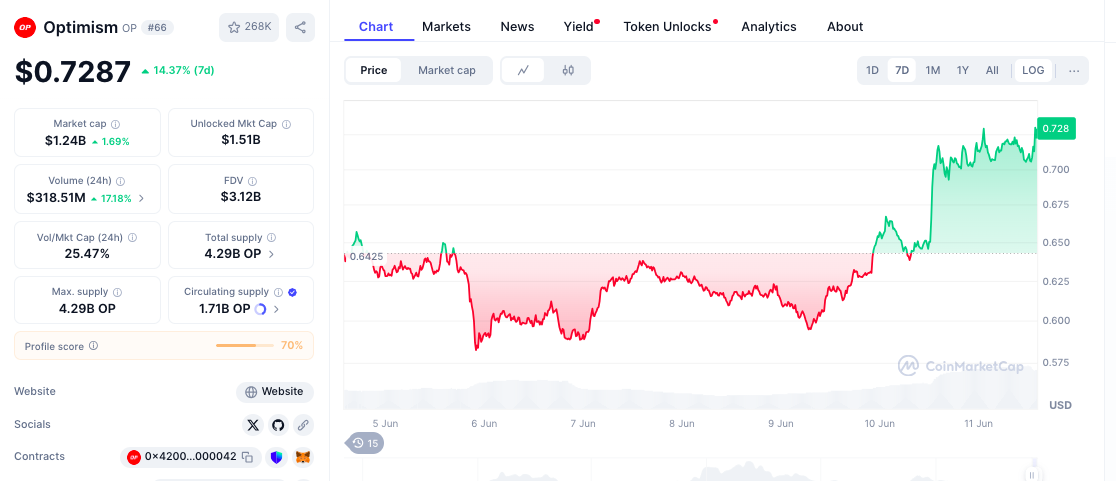The Financial Accounting Standards Board has been receiving comments on its proposed accounting standard for crypto assets as it works to impose the first rules ever for how companies should report on their cryptocurrency holdings.
FASB released the exposure draft in March and is still accepting comments through June 6 (see story). A crypto accounting standard is heavily in demand among FASB’s constituents. After a 2021 invitation to comment on its agenda, FASB’s stakeholders indicated that improving the accounting for and disclosure of crypto assets should be a top priority for the board.
They said the current accounting — except as provided in U.S. GAAP for certain specialized industries — for holdings of crypto assets as indefinite-lived intangible assets, which is a cost-less-impairment accounting model, doesn’t provide investors with enough decision-useful information.
Courtesy of GASB
The proposed update has been garnering plenty of attention in the crypto sector. “It’s an interesting time,” said Aaron Jacob, head of accounting solutions at TaxBit, a crypto tax compliance technology company. “Historically, cryptocurrencies for accounting purposes under U.S. GAAP have been treated as intangible assets with indefinite-lived lives. What that means is you fall under this impairment model where you have to record digital assets on your balance sheet after historical cost, less any impairment charges that you will have experienced. That has been a ginormous challenge for the industry at large.”
He noted that the agenda consultation provoked an outpouring of comment letters, most of which mentioned digital assets. In response, FASB added a digital assets project to its agenda, but later decided to focus on crypto assets since that was the area where its stakeholders wanted the most guidance.
“The stakeholder community overwhelmingly responded that digital assets needed to be addressed,” said Jacob. “They put a digital assets project on the technical agenda and later changed the name to be ‘crypto assets’ project, given the scope.”
FASB’s constituents wanted particular information to be included in the standard. “Specifically, reflecting only the decreases, but not the increases, in the value of crypto assets in the financial statements until they are sold does not provide relevant information that reflects (1) the underlying economics of those assets and (2) an entity’s financial position,” said the exposure draft. “Certain investors also requested additional disclosures about the types of crypto assets held by entities and changes in those holdings. In addition to better reflecting the economics of crypto assets, measuring those assets at fair value would potentially reduce cost and complexity associated with applying the current cost-less-impairment accounting model.”
The early decision to use fair value measurement is a key part of the proposal.
During a meeting last month with FASB’s Private Company Council, FASB’s staff
summarized the main provisions of the proposed accounting standards update, including the scope, measurement, presentation, disclosure, effective date and transition. Overall, the PCC members mostly expressed support for the amendments in the proposed update, according to a summary provided by FASB of the PCC meeting. However, PCC members provided mixed feedback on the effective date and transition for the proposed standard.
“Most of the PCC members believe the effective date should be the same for both public and private companies,” said FASB. “Alternatively, some PCC members expressed concern for having the same effective date for both public and private companies and suggested allowing additional time for private company adoption but permitting early adoption. One PCC member who is a preparer highlighted the importance of considering what interim disclosures would be required for private companies. Additionally, another PCC member indicated that there should not be a disclosure of the cost basis in addition to units held and fair value of crypto asset holdings.”
The changes in the FASB proposal could be far-reaching when it comes to accounting for crypto assets.
“The biggest thing that they addressed was, how do you measure and present digital assets or crypto assets on your balance sheet?” said Jacob. “So it was very encouraging to see them listen carefully to their constituent groups, their stakeholder groups and address the elephant in the room when it came to crypto asset accounting, and that was, how are we going to measure these things, and at what value do we place them on our balance sheet? The board voted to measure crypto assets at fair value, thereby doing away with this notion of impairment, at least for the assets that are within the scope of the project.”
He sees that as a step forward in the right direction, and TaxBit submitted a supportive comment letter to FASB on the subject.
Besides the proposal that crypto assets should be measured at fair value on the balance sheet, FASB is proposing a number of other major changes to the accounting rules.
“Two other major proposed changes are in this guidance, and it is important to acknowledge the guidance is not final yet,” said Jacob. “But expect it to be final before the end of the year. The second big proposed change is that when you move to a fair value model, the question becomes where do you put the changes in fair value? Do those go through your income statement, or do those go through OCI [other comprehensive income]? The board decided that those changes should go through earnings. They should hit the income statement. They will impact earnings per share and net income. In line with moving to fair value, companies will also be required to report any changes in fair value through earnings recognized as changes through earnings.”
The third big change involves disclosures that companies would need to provide users of financial statements. “The first of those is a disclosure of significant holdings,” said Jacobs. “Companies will need to say here are the top material crypto assets that I hold. Here’s my historical cost basis in those assets along with the fair value. Companies will also need to disclose a reconciliation or a rollforward of their crypto asset activity on an annual basis. They’ll also need to disclose any restricted assets.”
Not that many public companies hold significant crypto assets, although there have been some high-profile examples like Tesla and MicroStrategy.
“We’re still early in the adoption journey for publicly held companies today,” said Jacob. “But what’s interesting is the accounting barrier, especially for public companies. They’re held to the highest of standards. Most public companies are audited by a Big Four accounting firm. They’re subject to SEC scrutiny. But I think accounting historically has been a significant barrier to entry. It’s been something that has actually prevented some companies from holding crypto on their balance sheet.”
Having an official accounting standard could spur more publicly traded companies to invest in crypto assets.
“We’re still very early in the adoption curve for broad corporate America, but this will remove a blocker for that, so I anticipate more companies being willing to hold crypto assets on their balance sheet as a result of alignment between the accounting and the economic realities of these assets,” said Jacob.
He points to “crypto-native” companies that hold the assets on their balance sheet, such as Coinbase and PayPal, as well as publicly traded crypto miners. Companies in other industries could use the accounting guidance as well.
“There is actually quite a long list of companies that have publicly acknowledged that they are or will be launching crypto projects,” said Jacob. “Ralph Lauren recently made a splash about accepting crypto specifically in their Miami office, and many other luxury brands have done the same. Nike is a company that holds crypto and made a big splash in the NFT space. Quite a few luxury brands have launched NFT offerings, so it’s becoming more and more common. While I still feel we’re relatively early on that adoption curve, there’s actually quite a laundry list of companies that hold crypto, accept crypto as a means of payment, or are in some ways utilizing the asset in their business operations.”
The fair value measurement requirement could deter some companies from investing in crypto given the ups and downs in the market, but Jacob thinks an accounting standard could prove beneficial. “It actually will make it more accessible and easier for them to hold crypto,” said Jacob. “Here’s the reason why. In the old accounting guidance, under an impairment model, you had to write down your assets on your balance sheet anytime there was a drop in valuation.”
However, companies couldn’t recognize gains the same way. Instead they had to keep crypto holdings in perpetuity on their balance sheet until they were sold, and the value would be at the lowest point that existed since the time the company acquired the asset.
“Companies historically have had to recognize downward volatility, but they never got to recognize upward recovery of pricing,” said Jacob. “What the new guidance does is it says yes, you’re going to have volatility in your earnings, you’re going to recognize downward volatility, but you also get to recognize gains when the price recovers. The reason that I feel that it’s so much better for both companies preparing financial statements and the users of financial statements is because it’s more transparent insights into what’s actually happening with the assets of a business. If I’m a company preparing financial statements, I no longer have to do painful impairment tracking. It’s much easier to just say, ‘What is the fair value of my assets? That’s what I’m going to put on my balance sheet and any changes in fair value, I’m going to book through earnings.'”
That’s easier to do than the existing impairment accounting, he believes. “If I’m a user of financial statements, I get a look at somebody’s balance sheet, and I see the fair value of their actual holdings rather than having to drill into what were their impairment charges and what’s the quantity they they actually hold and then do my own math to identify the true value of their holdings,” said Jacob. “It’s actually going to be much better for companies preparing financial statements and for the investor community using financial statements because it’s just transparency into what a company actually holds.”
Credit: Source link











